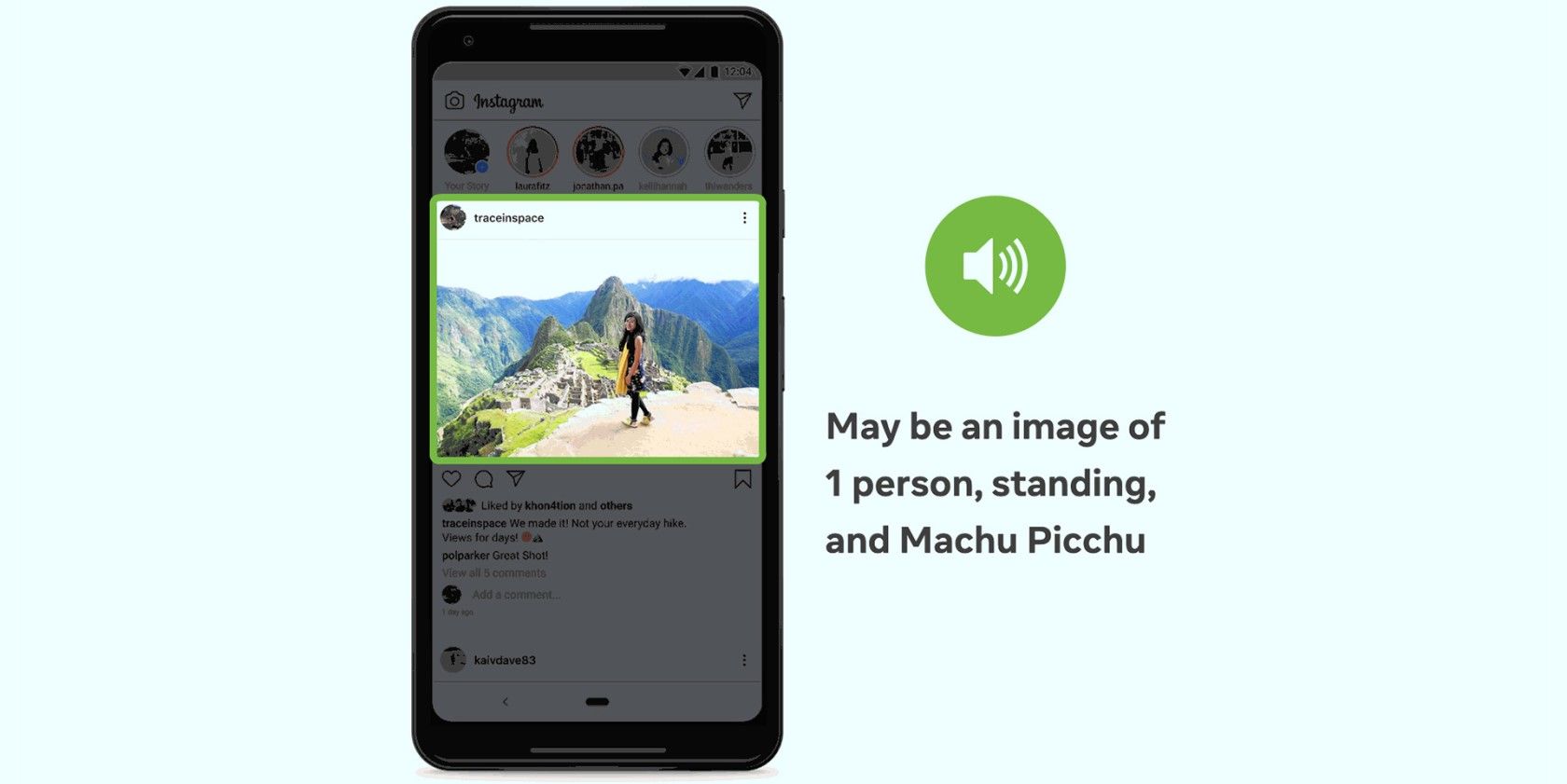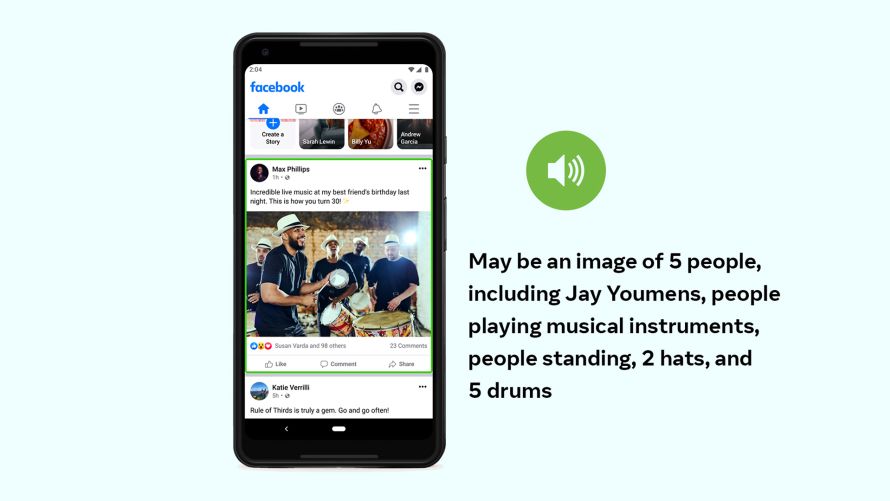Facebook has made major improvements to the AI model it uses to help the blind and visually impaired identify images on the platform. The updates to this AI tool have made it even more reliable in providing accurate descriptions for images.
Facebook Unveils the "Next Generation" of Automatic Alternative Text
In an About Facebook blog post, Facebook outlined the changes it made to its image-identifying AI tool. Facebook calls this technology automatic alternative text (AAT).
This AI system was originally rolled out in 2016, and has since allowed the visually impaired to hear AI-generated descriptions of images with the help of screen readers. Now, Facebook is introducing "the next generation" of AAT.
Facebook has made improvements to the number of items and concepts that its AI can reliably recognize. It has also worked to make these descriptions more specific, as the AI can now recognize the animals, activities, and landmarks in a photo. As an example, one description might read: "May be a selfie of 2 people, outdoors, the Leaning Tower of Pisa."
The AI tool can even identify the positional location and the size of the items in a photo. This allows the tool to paint a better picture of what the photo actually looks like. Previously, the system was limited to providing vague descriptions that didn't include the position of people and objects in a picture.
Facebook achieved this new level of detail by using a model "trained on weakly supervised data in the form of billions of public Instagram images and their hashtags." This lets the AI accurately recognize over 1,200 concepts, which is far more than what the original tool could do.
Despite this improved accuracy, Facebook still leaves room for error. That's why the phrase "may be" precedes every photo description, just in case the tool inaccurately reports the contents of the image.
Facebook noted the positive impact that this update will have on the community, stating:
These advancements help users who are blind or visually impaired better understand what’s in photos posted by their family and friends—and in their own photos—by providing more (and more detailed) information.
Paving the Way for Online Accessibility
Facebook's new and improved AI tool shows promise for the growth of accessibility tools across the web, and sets a new standard for accessibility on social media. Hopefully, other platforms will implement a similar tool, as it would be a tremendous help for visually impaired users.


